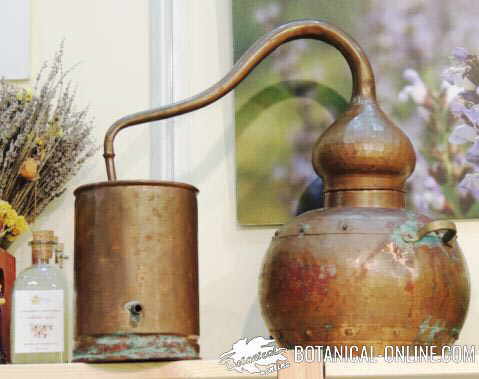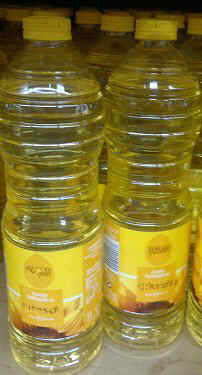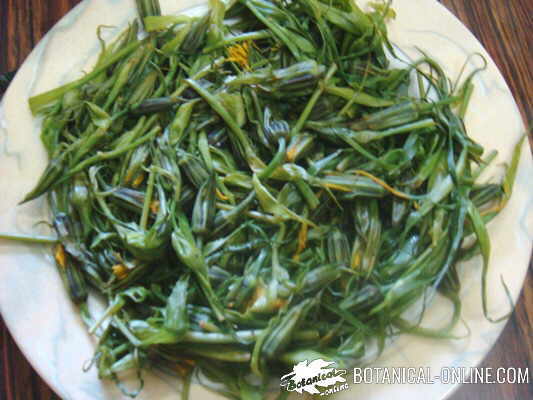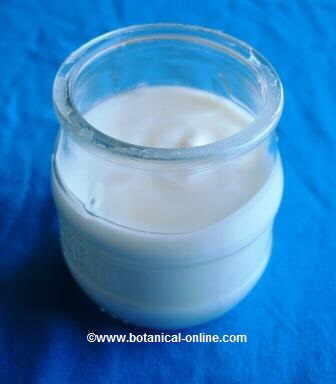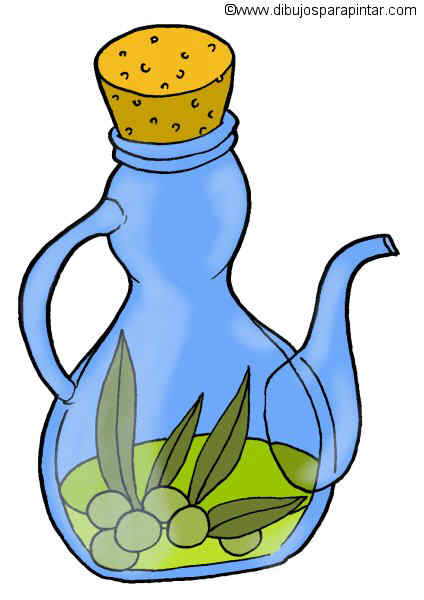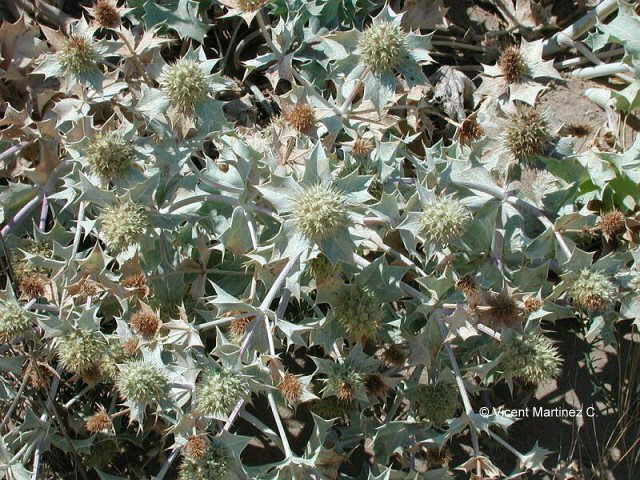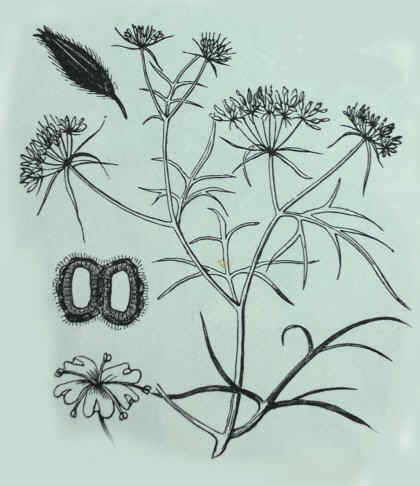Contents
(Verbena officinalis)
HEALTH BENEFITS OF VERBENA
Remedies with vervain in external use
In external use, verbena plant is very suitable to mitigate pain. The analgesic properties of verbena come from its content in ursolic and caffeic acids and hastatoside (glucoside).
In addition to its use in rheumatic pain, we note the following uses:
– Sciatica: The sciatic nerve pain is one of the most excruciating pains. Verbena preparations can help mitigate it. (Crush the fresh leaves and apply a poultice on the painful area). (You can get a higher anti-inflammatory power boiling the leaves in oil for about 10 minutes. Let cool and apply to the affected area as a poultice) (Boil a handful of leaves in vinegar. Let the vinegar evaporate. Place the hot leaves on a gauze, wrap and apply to the painful area).
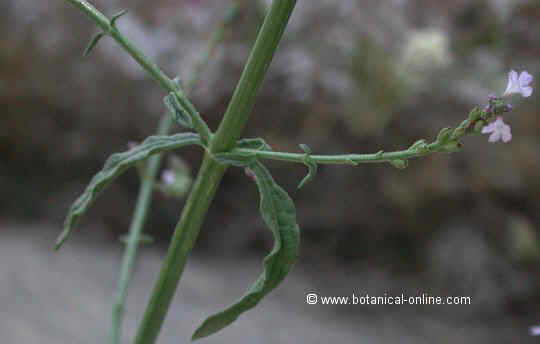
Photo of vervain (Verbena officinalis)
– Trauma: Use verbena leaves compresses to treat painful stroke, trauma, contusions areas, etc. This helps reduce inflammation and decreases pain. Very suitable for sprains, muscle tears, tendinitis, etc. (Decoction of a handful of leaves in water for 15 minutes. Wet a compress and apply to the painful area).
– Back Pain: The above remedy is also well suited for back pain, lumbago or neck and cervical pain.
– Headache: In case of headache, especially when it affects one side of the head or in case of migraine, you can apply a compress soaked with the decoction of dried leaves in water. Crushed fresh verbena leaves can also be placed directly on the forehead or temples.
– Sore throat: When sore throat occurs because of tonsillitis, gargles carried out with infusions of dried plant can help improve pain. (Infusion of a half tablespoon of dried plant per cup of water. Make gargling with the liquid). This treatment is also effective in case of pharyngitis.
Vervain, a folk remedy for wounds
Verbena vulnerary properties are mainly attributed to its content in caffeic acid and ursolic acid, and its richnes in tannins and mucilage. Used externally, it is effective as a remedy for wounds and other external abnormalities of the skin: burns, sunburn, eczema, bruises, etc. (Infusion of a half tablespoon of dried plant, wash the affected area).
Internal use preparation of vervain
In addition to the aforementioned conditions, Verbena officinalis is also attributed with the following properties:
– Stomach toning: If lack of appetite, indigestion or gas produced by stomachs with poor production of gastric acids, this plant can be used to make a tonic wine with eupeptic properties, that helps digest food better and awaken your appetite.
This wine is also useful for the treatment of anemia or to help tone weak organisms after an illness. (See recipe of vervain tonic wine)
– To increase milk production in nursing: Verbena galactotogue properties are due to its content in verbenin and aucubin hormones (Infusion of a teaspoon of dried flowers per cup of water. Drink 3 cups a day.).
Warning !!: do not provide verbena during pregnancy. It can cause abortions. In fact verbena has traditionally been used to accelerate childbirth.
– Hyperthyroidism: It has been found that this plant lowers levels of thyroid hormone (thyrotropin or TSH), so it could be applied in the treatment of hyperthyroidism.
– Diarrhea: For its content in tannins, this plant has astringent properties, able to stop too soft stools (Infusion of a teaspoon of dried plant per cup of water for 10 minutes. Drink 2 cups a day.).
– Irregular menstrual periods or short menstrual period: The use of this helps regulate menstrual periods, being useful in cases of dysmenorrhea or amenorrhea. (Infusion of a teaspoon of dried plant per cup of water for 10 minutes. Drink 3 cups a day). However, it is contraindicated in cases of excessive vaginal bleeding and endometriosis.
Vervain, an effective remedy against respiratory diseases
Verbena is effective against many diseases of the respiratory system. Its content in citral is very interesting in this regard for its relaxing, antibacterial, expectorant and bronchial properties.
This component, together with its analgesic and anti-inflammatory properties, make it an effective aid in the treatment of bronchitis and other respiratory diseases. (Infusion of a teaspoon of dried plant per cup of water for 10 minutes. Drink 2 or three cups a day)
We must not forget that verbena is an effective antifebrigugue able to reduce fever caused by many diseases such as flu, colds, sore throats, etc. (Infusion of a teaspoon of dried plant per cup of water for 10 minutes. Drink 2 or three cups a day)
Is verbena dangerous?
Used in the right quantities, it does not generally offers toxicity problems. However, you must keep in mind the following:
– It may cause abortions during pregnancy.
– It can decrease too much levels of thyroid stimulating hormone, causing symptoms similar to hypothyroidism.
– In large quantities it is emetic.
Collecting and storing verbena
The external part of the plant is collected in summer when in flower. It is dried in the shade and stored in cloth bags, away from moisture and dust.
![]() More information on vervain.
More information on vervain.

